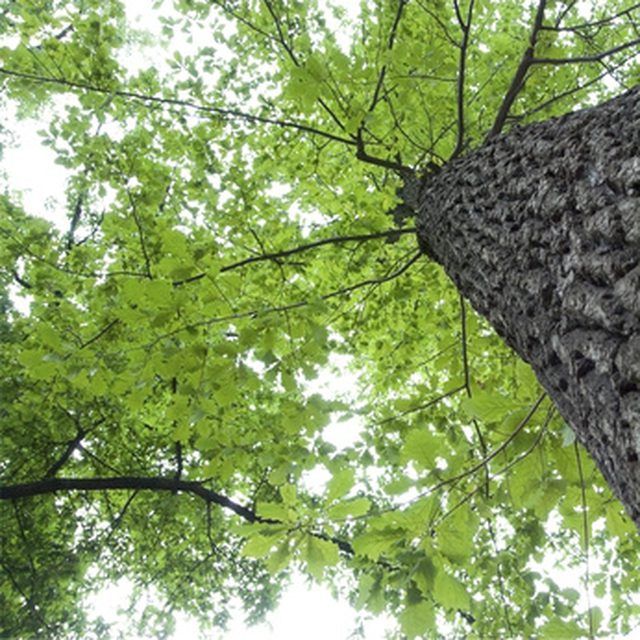Bulbs
Flower Basics
Flower Beds & Specialty Gardens
Flower Garden
Garden Furniture
Garden Gnomes
Garden Seeds
Garden Sheds
Garden Statues
Garden Tools & Supplies
Gardening Basics
Green & Organic
Groundcovers & Vines
Growing Annuals
Growing Basil
Growing Beans
Growing Berries
Growing Blueberries
Growing Cactus
Growing Corn
Growing Cotton
Growing Edibles
Growing Flowers
Growing Garlic
Growing Grapes
Growing Grass
Growing Herbs
Growing Jasmine
Growing Mint
Growing Mushrooms
Orchids
Growing Peanuts
Growing Perennials
Growing Plants
Growing Rosemary
Growing Roses
Growing Strawberries
Growing Sunflowers
Growing Thyme
Growing Tomatoes
Growing Tulips
Growing Vegetables
Herb Basics
Herb Garden
Indoor Growing
Landscaping Basics
Landscaping Patios
Landscaping Plants
Landscaping Shrubs
Landscaping Trees
Landscaping Walks & Pathways
Lawn Basics
Lawn Maintenance
Lawn Mowers
Lawn Ornaments
Lawn Planting
Lawn Tools
Outdoor Growing
Overall Landscape Planning
Pests, Weeds & Problems
Plant Basics
Rock Garden
Rose Garden
Shrubs
Soil
Specialty Gardens
Trees
Vegetable Garden
Yard Maintenance
How to Trim Pin Oak Trees
How to Trim Pin Oak Trees. Pin oaks (Quercus plaustris) are some of the most popular types of oak trees, with broad spreading branches and firm structures. Pin oaks line many streets and fill yards because of their relatively straightforward needs: they grow in any soil, don't mind puddles and have shallow root systems. American Forests estimates...

Pin oaks (Quercus plaustris) are some of the most popular types of oak trees, with broad spreading branches and firm structures. Pin oaks line many streets and fill yards because of their relatively straightforward needs: they grow in any soil, don't mind puddles and have shallow root systems. American Forests estimates the pin oak to be the most common native oak in America's parks and streets. This oak tree does, however, have some specific restrictions when it comes to pruning.
Things You'll Need
Pruning shears
Tree paint/wound treatment
Prune a pin oak only when it's dormant in the winter to prevent damage to the tree and protect against oak wilt, a fungus that spreads during spring and can kill the tree. Never prune your oak in April, May or June.
Plan your pruning ahead of time to avoid haphazard cutting. Trim off dead or dying foliage, or wood, particularly on the pin oak's lower branches, which tend to die off. Cut away branches that grow across each other or rub, and cut off spent flowers. Cut away from the base of the limb flush with the main branch.
Coat the wounds or exposed wood with tree paint or wound treatment to kill bacteria, help the tree heal and protect against fungus such as oak wilt. Follow manufacturer directions when using wound treatment. Give the tree 5 inches of water after pruning to help it recover.
Tips & Warnings
Pin oaks grow to a maximum height of 50 to 75 feet, with an equal spread.
Pin oak also is called Spanish oak, swamp oak and water oak, and grows wild in swamps and flood plains, and along river banks.
Pin oaks grow in the Northern U.S., to Zone 7b, but suffer south of Oklahoma and Virginia. They grow well with red maple, green ash, box elder, sweet gum and elm trees.